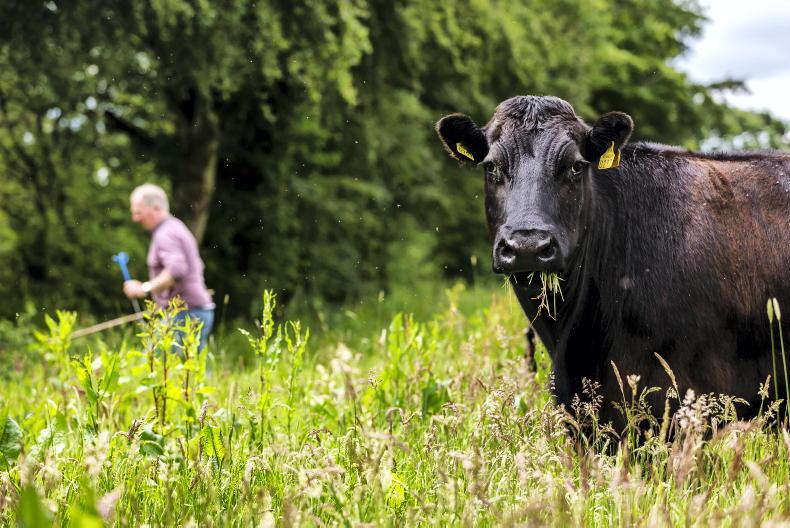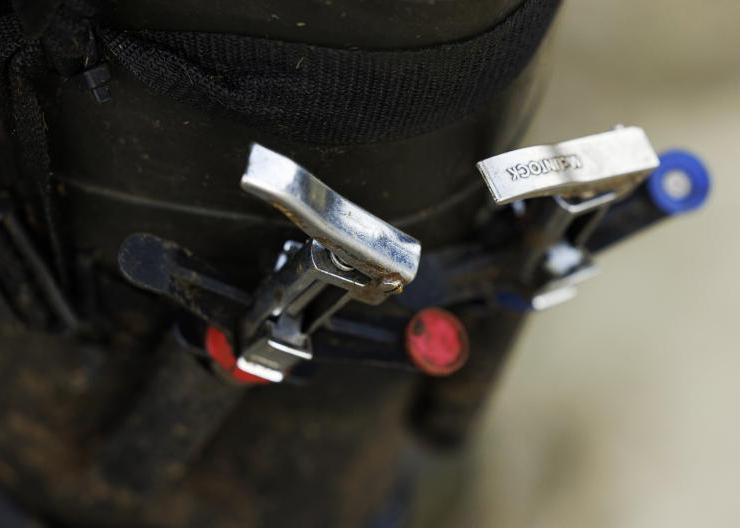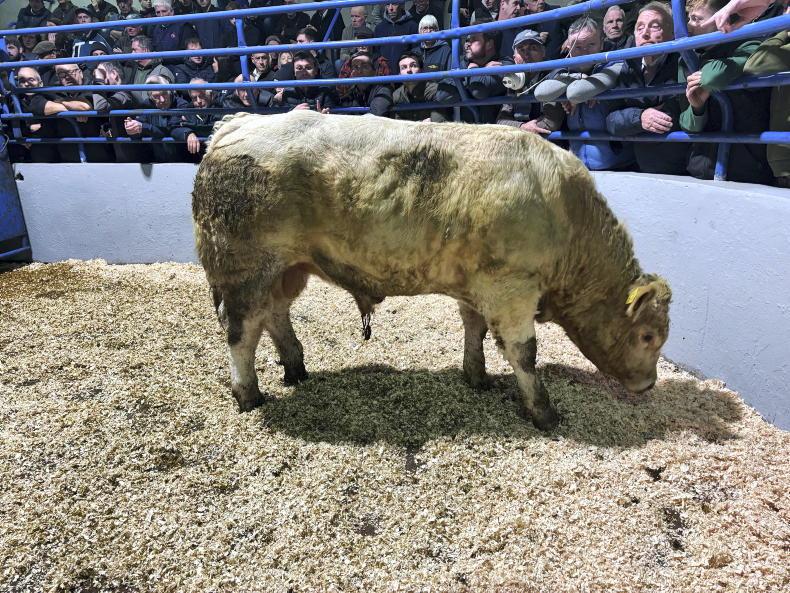The first details of the hotly anticipated new REPS scheme have been unveiled by the Department of Agriculture.
The scheme is expected to open to applications from a limited group of farmers sometime between April and June this year on a pilot basis.
It will be a marked departure from its predecessors, GLAS and AEOS, as it will operate on a “results-based model”.
Under this approach, farmers will be scored and paid based on the environmental good delivered on land included in the scheme, not just a payment for carrying out actions off a set menu of options.
Payments will be linked to an overall score - the higher it is, the higher the payment. This will be in contrast to GLAS, where farmers received the same payment irrespective of what the measure achieved.
Whole-field approach
It will also differ from the old REPS as it will not be a “whole-farm approach” but rather a “whole-field approach”.
This will see farmers chose a certain plot and have three parts of it assessed – the field itself, the field boundary and the field margin. Farmers will then manage the field based on its needs, with payments weighted towards maintaining and enhancing existing features rather than creating new ones.
In addition to the score-based payment, there will be funds to support capital investments for farmers to boost their score. These will include providing water to livestock to facilitate closing off rivers, fencing to create field margins, hedgerow and tree planting, and sowing seeds to encourage pollinators.
Phases
The project will be broken down into two phases split over 2021 and 2022.
Year one will involve establishing the mechanics of the scheme including the scorecard, training both farmers and advisers, on-farm assessments, setting environmental and biodiversity baselines for each farm involved, and identification of actions farmers can take to improve their score.
Year two will see the rollout of supporting actions and enhanced management on farms. An assessment will then be conducted to measure the overall improvements achieved by the scheme.
It will operate through farm advisers, similar to previous agri-environmental schemes. Farmers will be required to choose from a list of approved advisers provided by the Department. They will then have to pay that adviser to assess the chosen land parcel, determine its score, and give ongoing advice.
Payments and eligiblity
The Department has yet to reveal payment rates. However, payments will be split into three distinct parts – a base payment (determined by the farm’s initial score), a top-up payment (linked to the score’s improvement during the scheme) and payment for supporting actions (investments to improve scores).
Only farmers who have not taken part in GLAS will be permitted to join. This makes AEOS farmers who have been without a scheme since 2018 and new entrants to farming since 2016 the prime targets.
It appears tillage farmers are out of the mix as the Department has specified it wants grassland plots.
Feedback
While the scheme will not be open to farmers in GLAS, it will paint a clear picture of its future replacement.
The Department is seeking the views of all interested parties on the scheme’s design and implementation. Those wishing to input to this process can do so here. The closing date for submissions is Friday 26 February 2021.
Read more
€1.5bn REPS-2 programme to encourage ‘greener’ farming – Taoiseach
Minister confirms consultation on new REPS to begin on Friday
The first details of the hotly anticipated new REPS scheme have been unveiled by the Department of Agriculture.
The scheme is expected to open to applications from a limited group of farmers sometime between April and June this year on a pilot basis.
It will be a marked departure from its predecessors, GLAS and AEOS, as it will operate on a “results-based model”.
Under this approach, farmers will be scored and paid based on the environmental good delivered on land included in the scheme, not just a payment for carrying out actions off a set menu of options.
Payments will be linked to an overall score - the higher it is, the higher the payment. This will be in contrast to GLAS, where farmers received the same payment irrespective of what the measure achieved.
Whole-field approach
It will also differ from the old REPS as it will not be a “whole-farm approach” but rather a “whole-field approach”.
This will see farmers chose a certain plot and have three parts of it assessed – the field itself, the field boundary and the field margin. Farmers will then manage the field based on its needs, with payments weighted towards maintaining and enhancing existing features rather than creating new ones.
In addition to the score-based payment, there will be funds to support capital investments for farmers to boost their score. These will include providing water to livestock to facilitate closing off rivers, fencing to create field margins, hedgerow and tree planting, and sowing seeds to encourage pollinators.
Phases
The project will be broken down into two phases split over 2021 and 2022.
Year one will involve establishing the mechanics of the scheme including the scorecard, training both farmers and advisers, on-farm assessments, setting environmental and biodiversity baselines for each farm involved, and identification of actions farmers can take to improve their score.
Year two will see the rollout of supporting actions and enhanced management on farms. An assessment will then be conducted to measure the overall improvements achieved by the scheme.
It will operate through farm advisers, similar to previous agri-environmental schemes. Farmers will be required to choose from a list of approved advisers provided by the Department. They will then have to pay that adviser to assess the chosen land parcel, determine its score, and give ongoing advice.
Payments and eligiblity
The Department has yet to reveal payment rates. However, payments will be split into three distinct parts – a base payment (determined by the farm’s initial score), a top-up payment (linked to the score’s improvement during the scheme) and payment for supporting actions (investments to improve scores).
Only farmers who have not taken part in GLAS will be permitted to join. This makes AEOS farmers who have been without a scheme since 2018 and new entrants to farming since 2016 the prime targets.
It appears tillage farmers are out of the mix as the Department has specified it wants grassland plots.
Feedback
While the scheme will not be open to farmers in GLAS, it will paint a clear picture of its future replacement.
The Department is seeking the views of all interested parties on the scheme’s design and implementation. Those wishing to input to this process can do so here. The closing date for submissions is Friday 26 February 2021.
Read more
€1.5bn REPS-2 programme to encourage ‘greener’ farming – Taoiseach
Minister confirms consultation on new REPS to begin on Friday










SHARING OPTIONS